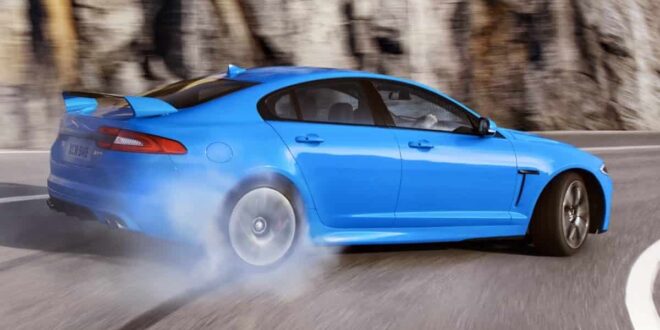Before we discuss this topic, we first must understand what is a Rear-wheel drive and what is Front-wheel drive. Cars with Rear-wheel drive means that the engine powers the rotation of the rear wheels alone while on the other hand, Front-wheel drive cars are powered to the front wheels alone. Now that being said, Rear-wheel drive cars are often said to handle better than front-wheel drive cars because they have different weight distribution and power delivery characteristics. Here are some reasons why:
- Weight Distribution: In a rear-wheel drive car, the engine is located at the front of the car, but the majority of the weight is distributed towards the rear axle, which gives the car better balance and stability. This makes the car less prone to understeer (where the car doesn’t turn as much as the driver intends) and more responsive to steering inputs.
- Power Delivery: When a rear-wheel drive car accelerates, the weight shifts towards the rear of the car, which provides more traction to the rear wheels. This allows the car to accelerate more quickly and smoothly, and also helps with cornering as the car can use the power to help rotate through the turn.
- Handling Characteristics: Rear-wheel drive cars have a more natural feel when turning because the front wheels are free to steer without being affected by the power being sent to the rear wheels. This allows the driver to better control the car’s movements and adjust the angle of the car through a turn.
While rear-wheel drive cars do have some advantages in handling, it’s important to note that front-wheel drive cars have their own advantages such as better traction in slippery conditions and improved fuel efficiency. Ultimately, the handling characteristics of a car depend on a variety of factors, including weight distribution, power delivery, suspension tuning, and tire selection.
 Spot Dem Everything About Cars
Spot Dem Everything About Cars

